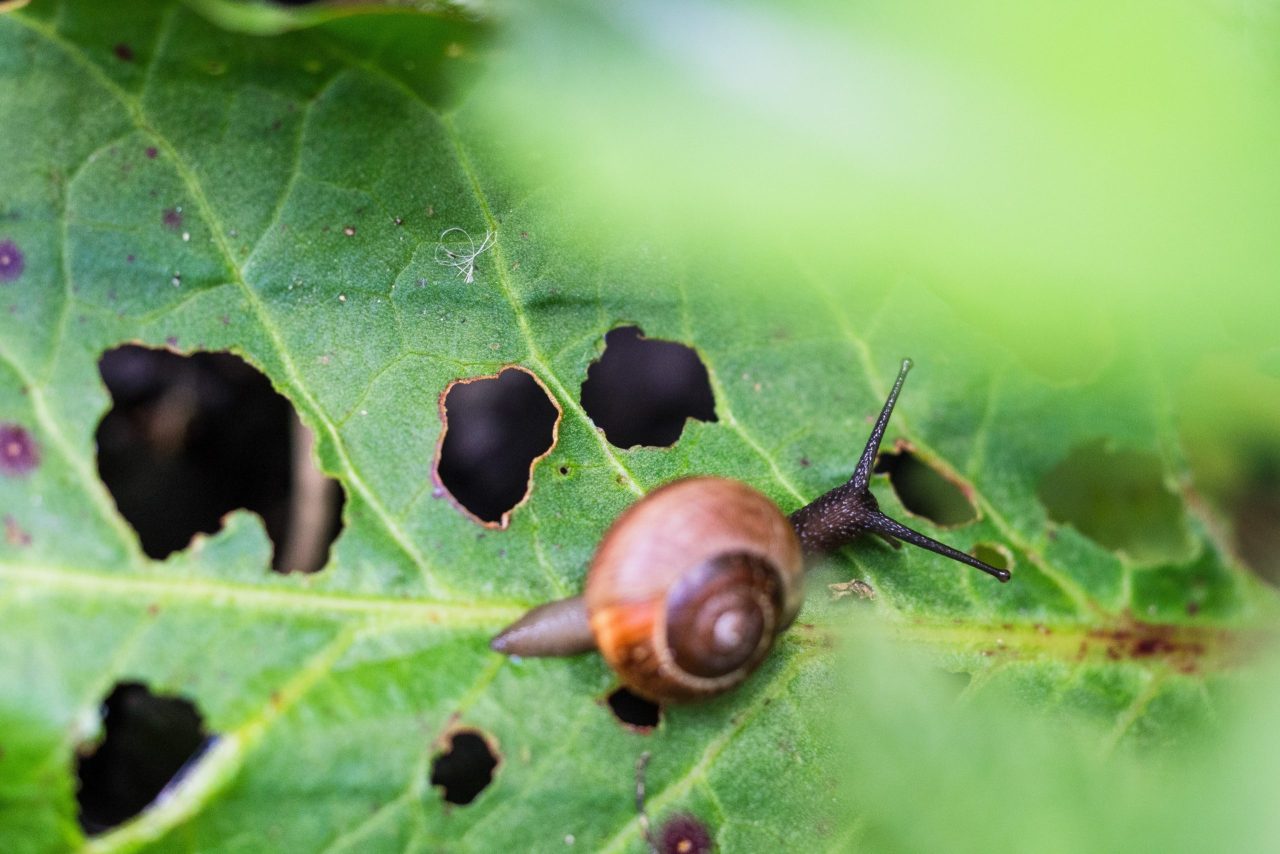Stereotyping is a natural human tendency that allows us to make quick judgments about people, objects, and situations based on limited information. However, it can also be a dangerous habit that leads to prejudice and discrimination. One area where stereotyping can be particularly harmful is in the way we view the natural world. For example, many people categorize insects into two groups: beneficial insects and pests. While this may seem like a harmless way to organize the world around us, it can have serious consequences for both humans and the environment.
Beneficial insects are those that are considered to be helpful to humans. These can include pollinators like bees and butterflies, as well as predators of other insects, such as ladybugs and praying mantises. Pests, on the other hand, are insects that are viewed as harmful to humans or their crops, such as mosquitoes, ants, and aphids. While this categorization may seem straightforward, it is actually quite problematic.
First of all, the distinction between beneficial insects and pests is not always clear-cut. Many insects that are considered pests in one context may actually have important ecological roles in other situations. For example, while mosquitoes are known for spreading disease to humans, they also serve as an important food source for birds and other animals. Similarly, while some ants may be considered pests because they invade our homes, others are important decomposers that help break down dead plant matter.
Another problem with thinking in terms of beneficial insects and pests is that it can lead to a narrow view of the natural world. When we view insects only in terms of their usefulness to humans, we overlook the complexity and diversity of their behaviors and interactions. In reality, insects play a wide variety of roles in the ecosystem, from pollination to predation to decomposition. By reducing them to simple categories, we miss out on the intricacies of their lives and the ways in which they contribute to the web of life.
Furthermore, thinking in stereotypes can also lead to harmful environmental practices. For example, when we view insects solely as pests to be eliminated, we may be more likely to rely on harmful pesticides that can have negative effects on both human health and the environment. Similarly, when we focus only on the pollination services provided by bees and other insects, we may overlook the importance of other pollinators, such as bats and birds.
So what can we do instead of thinking in terms of beneficial insects and pests? One approach is to adopt a more nuanced and holistic view of the natural world. Instead of focusing solely on the benefits or harms that insects provide to humans, we can recognize the complexity of their relationships with other organisms and the environment as a whole. This can involve learning more about the ecological roles that insects play, as well as their cultural and historical significance.
Another approach is to embrace diversity and complexity in our thinking. Instead of categorizing insects into simplistic groups, we can appreciate the diversity of their behaviors, appearances, and interactions. This can involve observing insects in their natural habitats and learning about the ways in which they interact with other organisms and the environment.
In addition, we can also work to promote sustainable environmental practices that prioritize the health of ecosystems as a whole. This may involve reducing our reliance on harmful pesticides and other chemicals, supporting pollinator-friendly habitats, and working to reduce our carbon footprint and protect biodiversity.
Ultimately, the key to breaking free from harmful stereotypes is to embrace complexity and diversity in our thinking. By recognizing the full range of roles that insects play in the natural world, and by working to promote sustainable environmental practices, we can help ensure a healthy and vibrant planet for generations to come.
